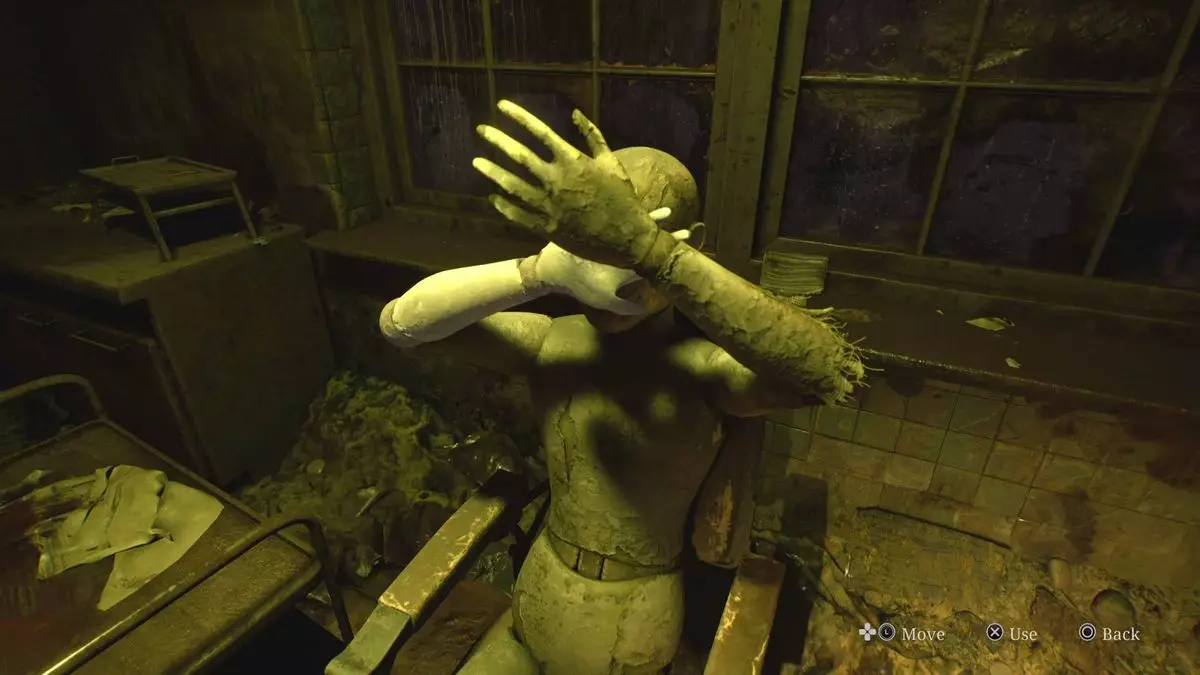The gaming community has long been enamored with the Silent Hill franchise, particularly its second installment, Silent Hill 2. Developed by Konami and released in 2001, the game was lauded not only for its intricate and haunting narrative but also for its deep psychological horror elements. As technology advances, remakes of classic games have become commonplace, with the aim of introducing these timeless narratives to a new generation while preserving their essence. However, this balance is rarely achieved without controversy. The recent engagement from Masahiro Ito, one of the original game designers, illustrates the tension between artistic integrity and modern-day fan expectations as he navigates the backlash against the anticipated remake.
Fanning the Flames of Dissent
In the lead-up to the Silent Hill 2 remake’s release, Ito took to Twitter to express his frustrations with certain fans and their criticisms. Describing some of the feedback as “disrespectful,” his remarks highlighted a more unsettling aspect of the gaming culture—the tendency for some fans to levy harsh, often personal criticisms against creators and actors involved in a project. It is crucial to recognize the nuance here; while constructive criticism can propel development and improve final products, the vitriol displayed online reflects a darker side of fandom, where entitlement and nostalgia can morph into hostility.
The specifics of the criticism directed at Ito and his team related to character designs, especially claims that a beloved character appeared “ugly” in the remake. The irony lies in the fact that several players and critics had yet to fully play or review the game at the time; their judgments stemmed solely from promotional material and previous nostalgia rather than the completed project. This point was echoed by Ito, who reminded fans to verify information before embracing negative sentiments—an admonition applicable across the board in our digitally driven interactions.
When remaking a classic, there is an inherent tension between fidelity to the original and the need to modernize the experience for a new audience. Ito, who played significant roles in shaping the character of Silent Hill, has a vested interest in preserving the integrity of his creation while navigating contemporary sensibilities. His position as both a creator and a character designer adds a layer of complexity to the conversation surrounding aesthetics, originality, and evolution within the franchise.
Moreover, Ito’s candor about blocking users who perpetuate negativity reveals a growing trend in social media interaction among creators where they actively choose to disengage from constructively unhelpful dialogue. Although many creators have cultivated an open forum for fans, the expectation that artists remain available for all forms of feedback often leads to burnout and miscommunication. Ito’s response to trolls not only serves as a reminder for fans to practice respect but also asserts the boundaries necessary for healthy dialogue in creative ecosystems.
Despite the backlash and accusations aimed at the creative team, early reviews of the Silent Hill 2 remake have been largely favorable. As of now, the remake has secured an impressive 87 Metacritic score, indicating that many players and critics have enjoyed what Bloober Team has crafted. This juxtaposition of fan criticism and critical acclaim illustrates a divide within the community; while some are quick to disparage elements of the remake, many more appreciate its nods to the original while unveiling new aspects that enhance the player’s journey.
It’s essential for fans to remember that creative works, particularly remakes of existing classics, cannot please everyone. The gaming world thrives on diversity and experimentation, and the discourse surrounding titles like Silent Hill 2 can provide valuable feedback for developers while allowing them to remain innovative.
The Path Forward: Fostering Respect in Gaming Communities
As the gaming industry develops, so too must the maturity and discernment of its community members. The vast digital sphere is fraught with opinions, but specificity in critique should be encouraged. Engaging with passion and enthusiasm is what the gaming community thrives on, yet it is imperative to navigate criticism with a sense of respect. As Masahiro Ito asserts, fostering a dialogue that prioritizes facts over feelings can maintain the integrity of artistic expression while pushing the industry toward further innovation.
As we anticipate this remake’s release, it’s a reminder to embrace the experience, allowing both nostalgia and novelty to coexist. Perhaps this will mark a chance for fans and creators to start a conversation intertwined with appreciation rather than hostility. The Silent Hill 2 remake presents not just a new chapter for the franchise, but an opportunity to reflect on how we engage with the stories and creators that shape our beloved gaming experiences.


Leave a Reply